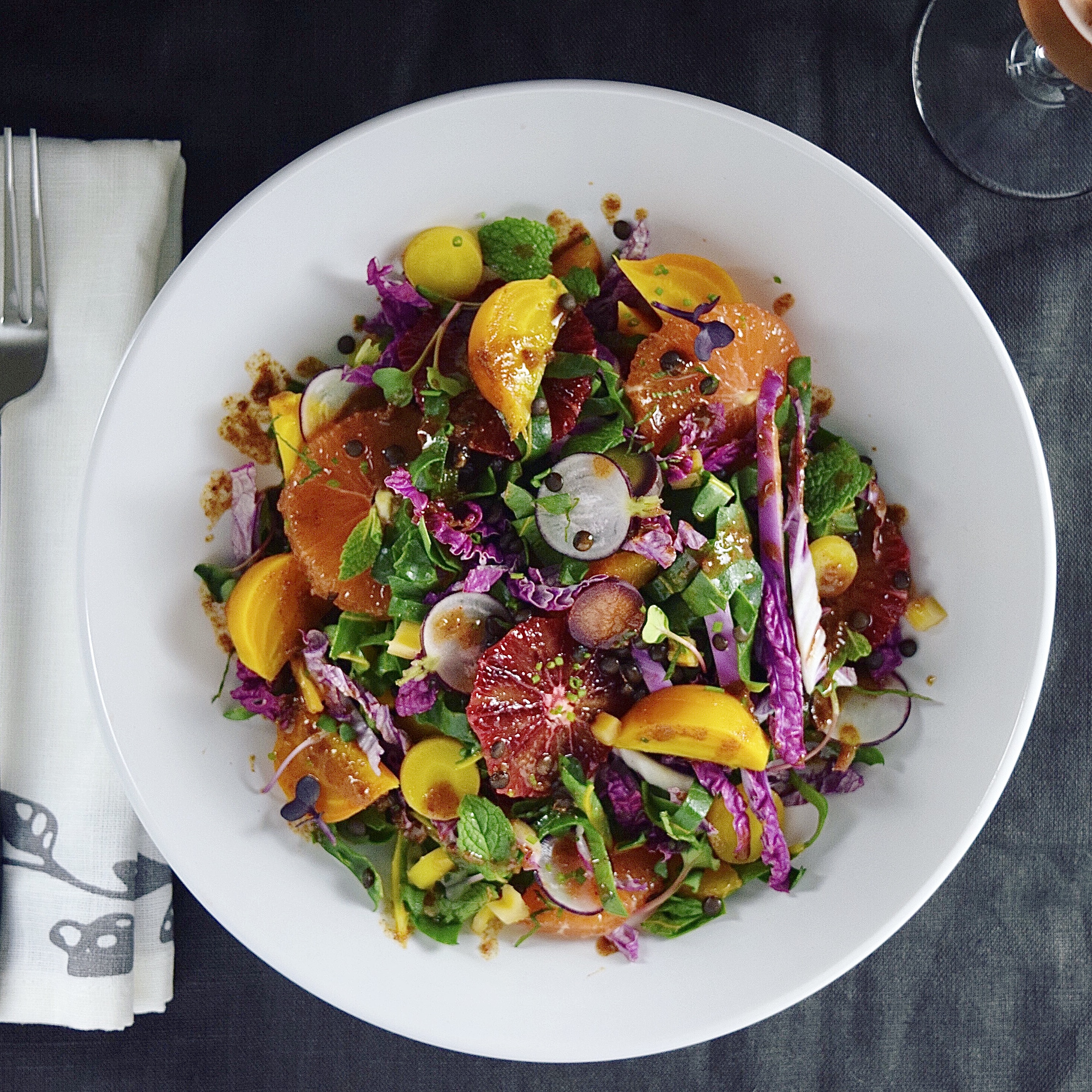
This gorgeous beet, lentil and orange salad with chard and a fabulous five-spice vinaigrette brings together some of my best-loved winter ingredients. As you can tell from my logo, beets are one of my favorite vegetables. Raw, roasted, pickled, steamed, I’ll take them any way you’ve got them. I’m a sucker for their complex flavor – earthy and sweet with a hint of bitterness, it always keeps me coming back for more. You’re probably most familiar with the red and golden varieties of beets; other types do exist, and I’m particularly fond of the flavor and striped appearance of Chioggia or “candy cane” beets, but they’re not easy to find unless you have a really good greenmarket nearby. Anyway, whether you choose the deep ruby/purple variety or the golden/orange beet, that vibrant hue will add a welcome pop of color to your Winter plate. Even better, every part of the plant – from leaf to root – is edible and packed with powerful antioxidants. An appalling amount of food goes to waste in this country and I’d rather be a part of the solution than part of the problem, so I always seek out beets that still have their greens attached and I use every part including the stems. (You get a pass for discarding the skin, though. It’s edible on really small, young beets, but pretty tough on larger ones.)
Using the entire plant comes in handy when you’re making a salad because you’ve already got the greens, so salad is typically my default for beets. This isn’t your typical beet salad, though. There’s no cheese, no balsamic vinegar, and no nuts. Oh, and the greens are cooked. So yeah, it’s different. Don’t get me wrong, I love raw greens. And cheese. And balsamic. And nuts. I clearly love a lot of things. But wanted to do something unexpected with the humble beet this time around, and as much as I love cheese, dairy isn’t the best friend of many Celiacs – so I’m trying to limit it in my recipes. Without all the usual add-ins it’s time to get creative with the seasonings, so I came up with a warm vinaigrette featuring Chinese five-spice. This absolutely wasn’t intentional, but my subconscious must have had some influence on this recipe since yesterday was the Chinese New Year. Funny coincidence. Happy Year of the Rooster, everyone!
If you’ve never had five-spice powder, here’s a quick primer. Obviously it’s made of five different spices. Moving clockwise and starting at the top/12 o’clock position the components are: star anise, fennel seed, Szechuan peppercorn, clove, and cinnamon stick. (If I ever learn how to use photo editing software, one of these days I’ll go back and label everything.) One major benefit of living in NYC or Brooklyn is easy access to a huge array of global seasonings, including hard-to-find ingredients like Szechuan peppercorns. Since I have a very well-stocked spice pantry and a dedicated spice grinder, I buy the individual components and blend my own five-spice powder. If you don’t want to go to the trouble feel free to use a store-bought blend. Some companies substitute white pepper or ginger for the Szechuan peppercorn, but I recommend sourcing one that contains the traditional Szechuan pepper.
Obviously with both fennel seed and star anise in the blend, anise is going to be the most prominent flavor note in this seasoning (and it happens to be a perfect complement to beets – fennel is a classic pairing with these jewels of the earth). If you’re not a big fan of anise you may be hesitant to try five-spice, but it’s more than the sum of its parts and I urge you to keep an open mind and give it a chance. If you’re still wary, decrease the amount of five-spice powder in the vinaigrette and add a bit more fresh ginger.
Five-spice is only part of the story here, as we’ve also got oranges in the dish – another ingredient that tastes wonderful and is commonly paired with both beets and anise. As you can see in the photo I’ve taken advantage of my access to beautiful blood oranges, but standard ones are great if that’s all you can find.
Not sure how to clean all the peel and pith off the orange to get those beautiful slices? I pulled this photo from another post to show you what the orange should look like before you slice it. To get it to this point, cut off the top and bottom (stem and base ends) of the orange so it stands upright on your cutting board, then use a sharp knife to cut down the side of the orange between the flesh and the white pith, removing the peel all the way around. Once you’re finished you can go back and trim off any remaining bits of pith and peel you may have missed. Then slice the orange into rounds.
Okay, let’s talk about working with the beet plant. As I mentioned earlier, all parts are edible (though I don’t recommend eating the skin unless you’re using tiny baby beets – it toughens up as the beets grow). The leaves are great raw or cooked, and they really work wherever you’d normally use greens. I always eat the beet stems as well, and I love them pickled, which is how we’re using them in this recipe. Other times I simply slice or dice and sauté them for a minute or two before adding my greens to the pan. The stems have a mild flavor a lovely crunch and texture similar to celery.
Here are the greens wilting in the pan, about 90 seconds into the process. I pulled them off the heat about 30 seconds after this because they continue to wilt off the heat and don’t need to be cooked very much.
I combined some diced stems from golden and red beets for pickling. Aren’t they pretty? They add a wonderful tang and crunch to the dish.
When it comes to cooking the actual beet root, my preferred method is roasting because it’s hands-off and allows me to multitask while the beets are in the oven. I know a lot of people are wary of cooking with foil, so if you’d prefer you can just roast them on a parchment-lined sheet pan without wrapping them. You can also skip the parchment if you’d like, but beets tend to “weep” some of their juice when you roast them, and that stuff scorches and crusts onto the cooking surface. If you roast the beets directly on the pan be prepared to do a lot of scrubbing, and you may be stuck with stains. It’s up to you.
I forgot to get out my camera and take photos of the beets before I got started (oops), but here’s a shot of the red ones immediately after I peeled them. See how I left a bit of the stem on top for roasting? If you cut off all the stem and expose the flesh of the beet before roasting you end up losing a lot of juice and scorching the exposed surface. Once the beet is cooked that little “top” will rub right off along with the skin, or you can trim it with a knife. Then cut the beets into cubes. (And FYI, after years in the kitchen I have what I like to call “asbestos fingers” so I’m used to handling screaming hot items like steaming beets straight from the oven. Wait until yours cool a bit before peeling. Sure, those wisps of steam look cool for a photo, but it’s not worth burning yourself.)
I used black (a.k.a. Beluga) lentils for this batch, but French green or brown lentils are just as good – use whichever ones you have on hand. Just don’t try to substitute red or yellow lentils, as the texture is completely different and you’ll end up with lentil mush or soup. Be sure to rinse the lentils and sift through them with your fingers in case any little pebbles or stones escaped the initial sorting process. It’s rare, but it happens.
Once the lentils are cooked, drain them well and add them to the cubed beets. Then make your vinaigrette and pour it over the beets and lentils while it’s still warm so they soak up all that wonderful flavor. Use the same pan from the vinaigrette to wilt your greens. Then all you have to do is combine the greens, pickled stems and orange slices with everything else, add your garnish, and serve. Sweet beets and oranges, earthy lentils, savory greens, crunchy tart stems, and the perfect balance of warm spices. It’s a truly delicious seasonal dish. Enjoy!
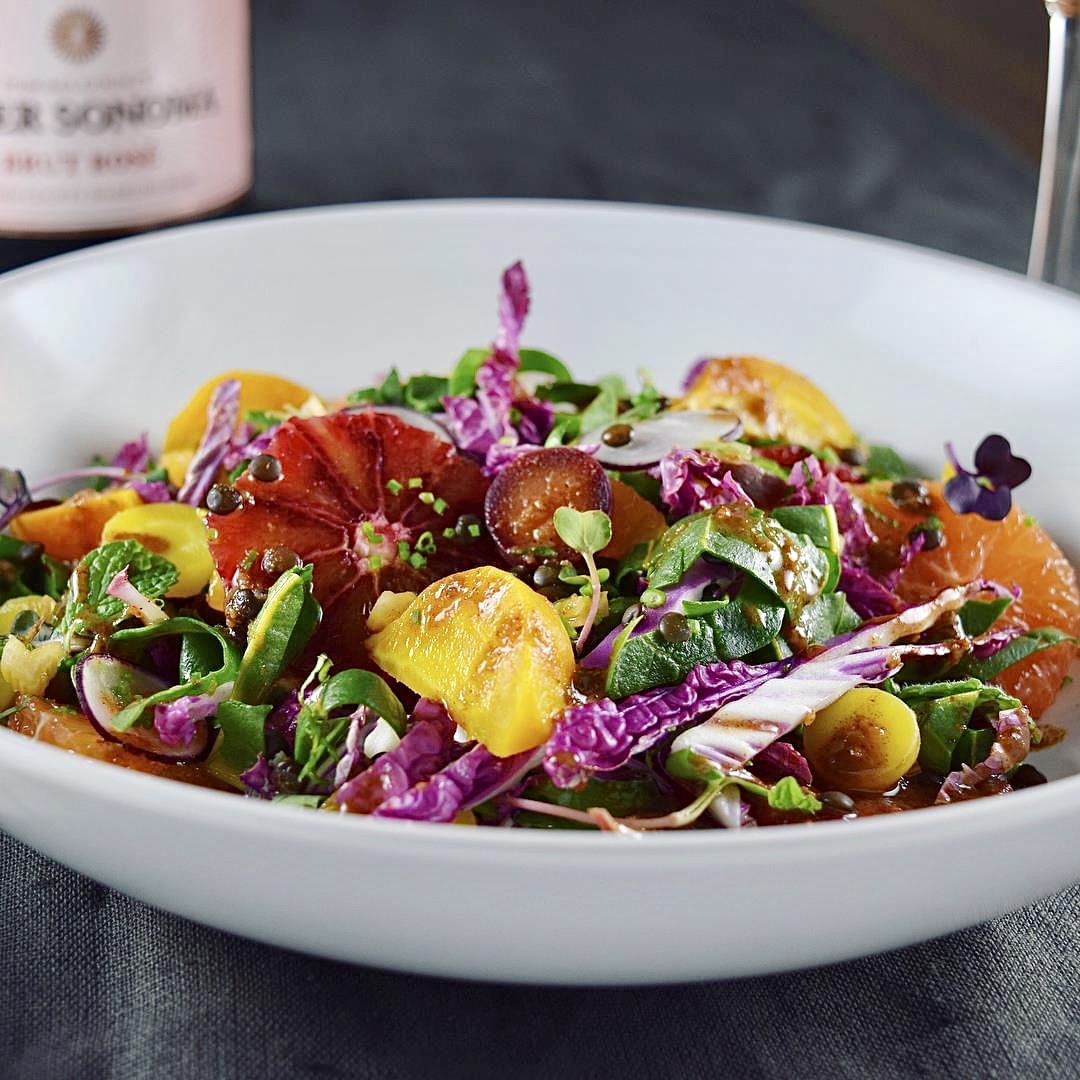
- Beets, Lentils & Oranges:
- 4 medium beets (2 - 2 ½” diam. or 4 - 4 ½ oz each), with greens attached
- 15ml (1 Tbsp) unseasoned rice vinegar
- Kosher salt
- Warm water
- 4 oz (½ cup) dried black, brown or green lentils, rinsed and picked over
- ¼ teaspoon kosher salt
- 1 clove garlic, peeled and lightly crushed
- 1 small cinnamon stick
- 1 piece star anise
- One ¼-inch thick coin peeled ginger
- Vegetable stock or water
- 2 large oranges (about 6 oz each), scrubbed well
- Vinaigrette:
- 30 ml (2 Tbsp) olive oil
- 1 tsp fresh Chinese five-spice powder or 1 ½ tsp store-bought powder¹
- ½ tsp finely grated fresh ginger²
- ½ tsp finely grated fresh garlic
- 5 ml (1 tsp) raw honey or agave
- 60 ml (¼ cup) freshly squeezed orange juice
- 20 ml (4 tsp) unseasoned rice vinegar
- ¼ teaspoon kosher salt
- Several grinds white pepper (or substitute black pepper)
- Greens:
- 5 ml (1 tsp) olive oil
- Garnish:
- Chopped fresh mint or parsley
- Sliced scallions (white and light green parts only)
- Preheat oven to 400F.
- Prep and roast beets: Trim the greens off the beets leaving about ½ inch of stem on the beet roots, and set the greens aside. Scrub the beets well with a vegetable brush, and wrap tightly in foil (or skip the foil and lay the beets on a parchment-lined sheet pan). Roast beets on a sheet pan for 35-45 minutes until they “give” slightly when pressed or are easily pierced with the tip of a knife. Cooking time really depends on the size and freshness of the beets; I check them at 35 minutes and let them go longer if necessary.
- Remove beets from oven and allow to sit in foil for a few minutes before unwrapping. (If you roasted them unwrapped, transfer to a bowl and cover with a plate or plastic wrap to let them steam.) After 5 minutes, unwrap or uncover the beets and let them sit until cool enough to handle, then peel³ them. As long as they’re relatively fresh the skin should slide off easily when rubbed. Cut beets into ½-inch cubes and transfer to a large bowl.
- While beets are roasting, prep greens and pickle stems: Wash and dry the greens. Cut the stems from the and dice them into small pieces. Transfer diced stems to a small bowl, add rice vinegar, salt, and enough warm water just to cover. Let sit until ready to serve. Slice the greens into ribbons and set aside.
- Cook lentils: Also while beets are roasting, add lentils to a small saucepan along with kosher salt, crushed garlic clove, cinnamon stick, star anise, ginger, and stock or water to cover the lentils by one inch. Bring to a boil over high heat, reduce to a bare simmer and cover partially with a lid. Simmer lentils just until tender but still toothsome, about 20 minutes. I check the pot at about the 12-minute mark to make sure there’s enough cooking liquid, and add a touch more if necessary. Drain lentils well, and discard aromatics and spices. Add lentils to cubed beets.
- Prep oranges: Zest both oranges and set zest aside. Juice one orange and reserve the juice. Using a very sharp knife, cut all the skin and white pith off the remaining orange. Cut the orange into ⅛ - inch crosswise slices, and cut each slice in half. Set aside.
- Make vinaigrette: In a medium sauté pan, heat olive oil over medium heat. When oil is shimmering, add five-spice powder and toast for 30-60 seconds, whisking constantly, until fragrant. Reduce heat to medium low, add fresh ginger and garlic, and cook for 30 seconds. Whisk in honey or agave, orange juice, rice vinegar, salt and pepper. Taste for seasoning and adjust if necessary. Pour hot vinaigrette over beets and lentils, and toss to combine. Don’t wash the sauté pan.
- Wilt greens: Add 1 teaspoon olive oil to the sauté pan from the vinaigrette, heat over medium until oil shimmers, and add greens and a pinch of salt to the pan. Sauté just until wilted and tender, 2-3 minutes. Add greens to beets and lentils.
- Serve: Drain the pickled stems. Add the stems and orange slices to the beet and lentil mixture, fold gently to combine, and garnish with orange zest, herbs and scallions. Serve immediately.
12 grams (scant ¼ cup) Szechuan peppercorn, toasted
12 grams (about 6 large) whole star anise, broken up
7 grams (1 Tbsp) fennel seed, toasted
6 grams (two 2 ½-inch long pieces) cinnamon stick, broken up
5 grams (1 Tbsp) whole clove
Process until finely ground, sift out any large pieces that won’t grind, and store powder in an airtight container.
²Fresh ginger makes a difference here, so please use it instead of the dried powder. (Grate it on the finest microplane you have, and while you’re at it, use the microplane to grate the garlic. If you don’t have a microplane, do your best to mince both the ginger and garlic into tiny pieces, then press down on them with the flat side of your knife and pull back and forth over the bits with brisk strokes to crush them into a coarse paste. Alternatively you can pound them with a mortar and pestle.)
³The only thing I don’t like about beets is the way the juice stains pretty much everything it touches, and beet stains are difficult to remove. If you’re not wearing gloves be sure to scrub your hands with soap and warm water immediately after handling them, and I don’t recommend wearing white when you work with them!
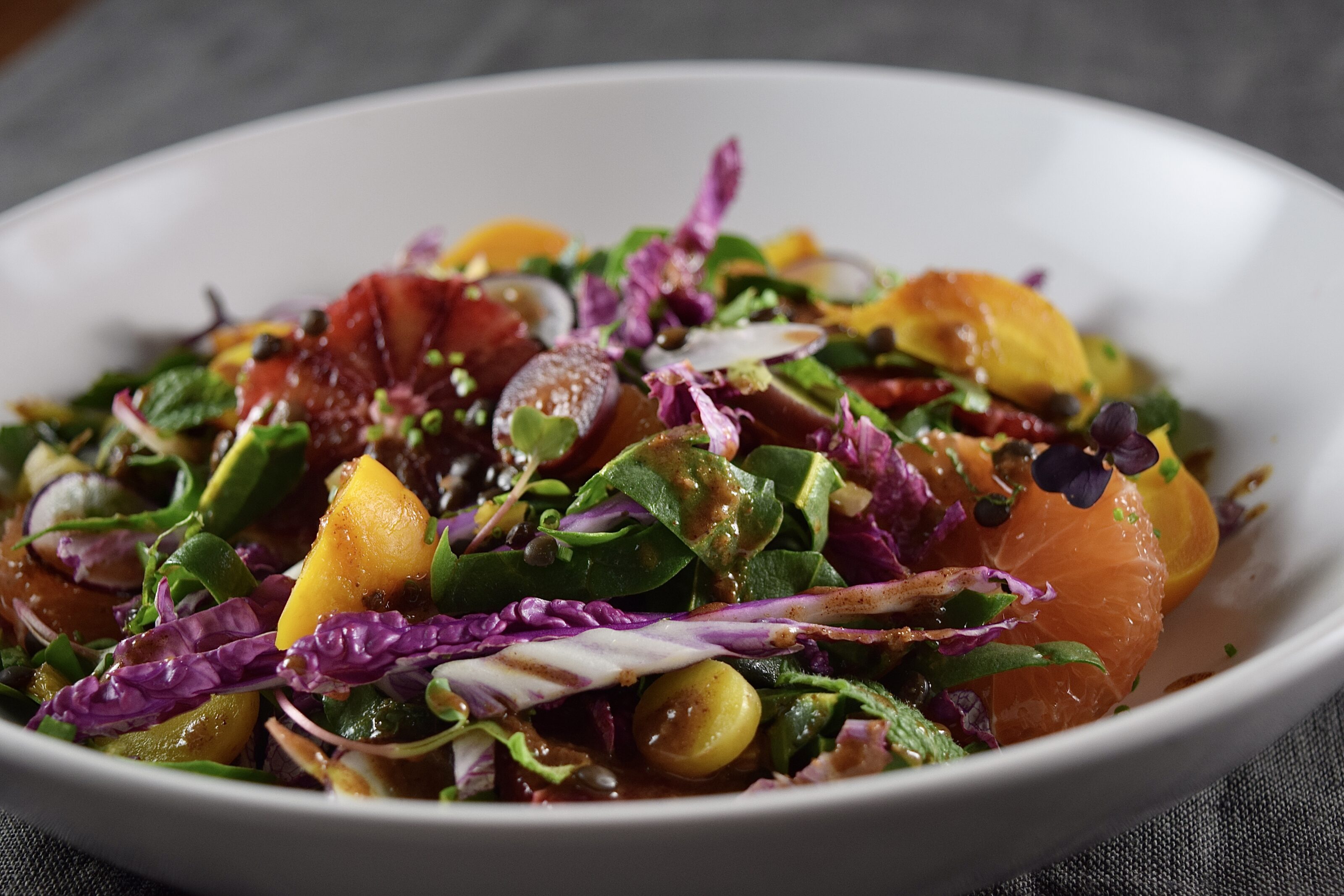

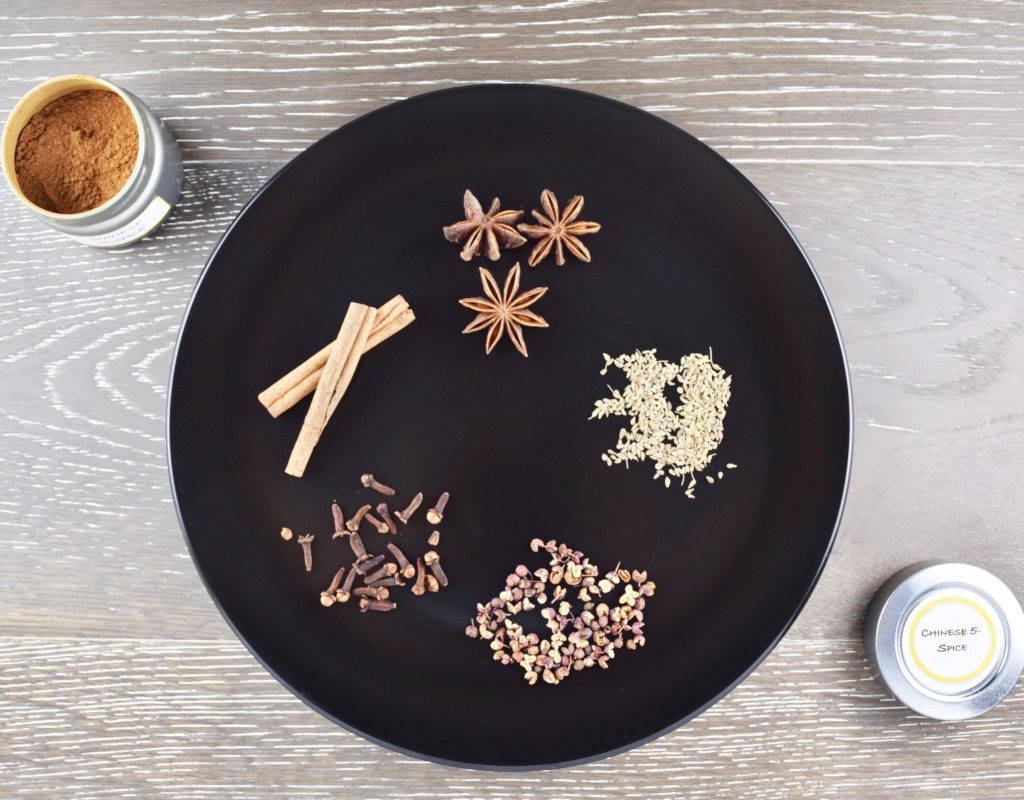
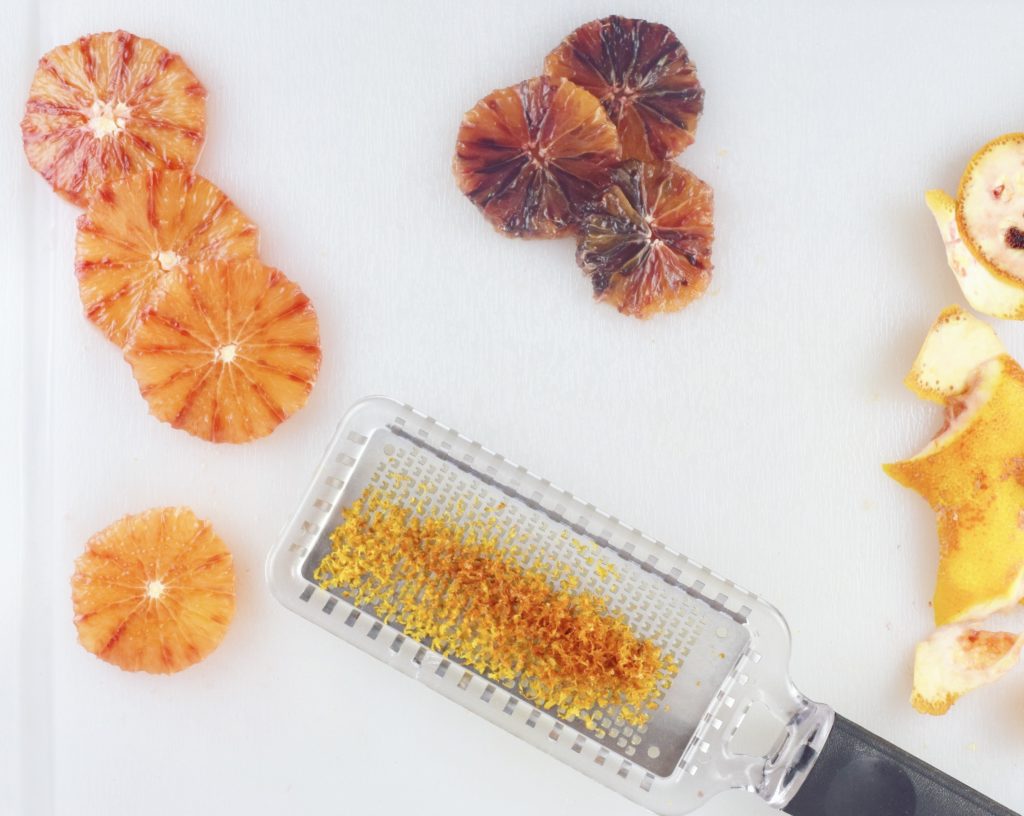
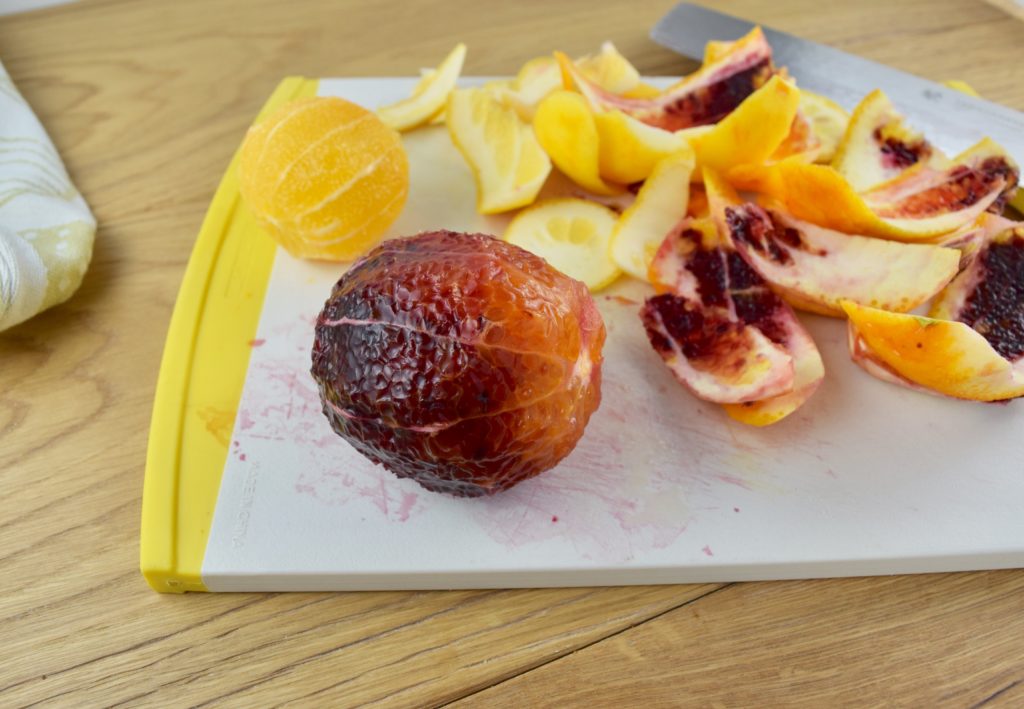
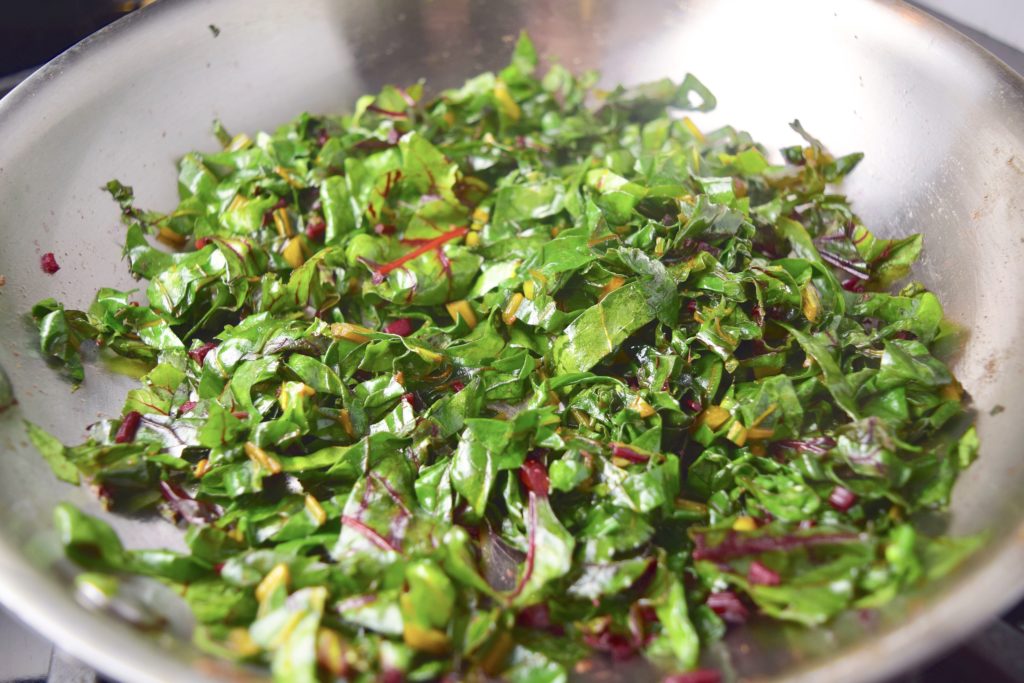
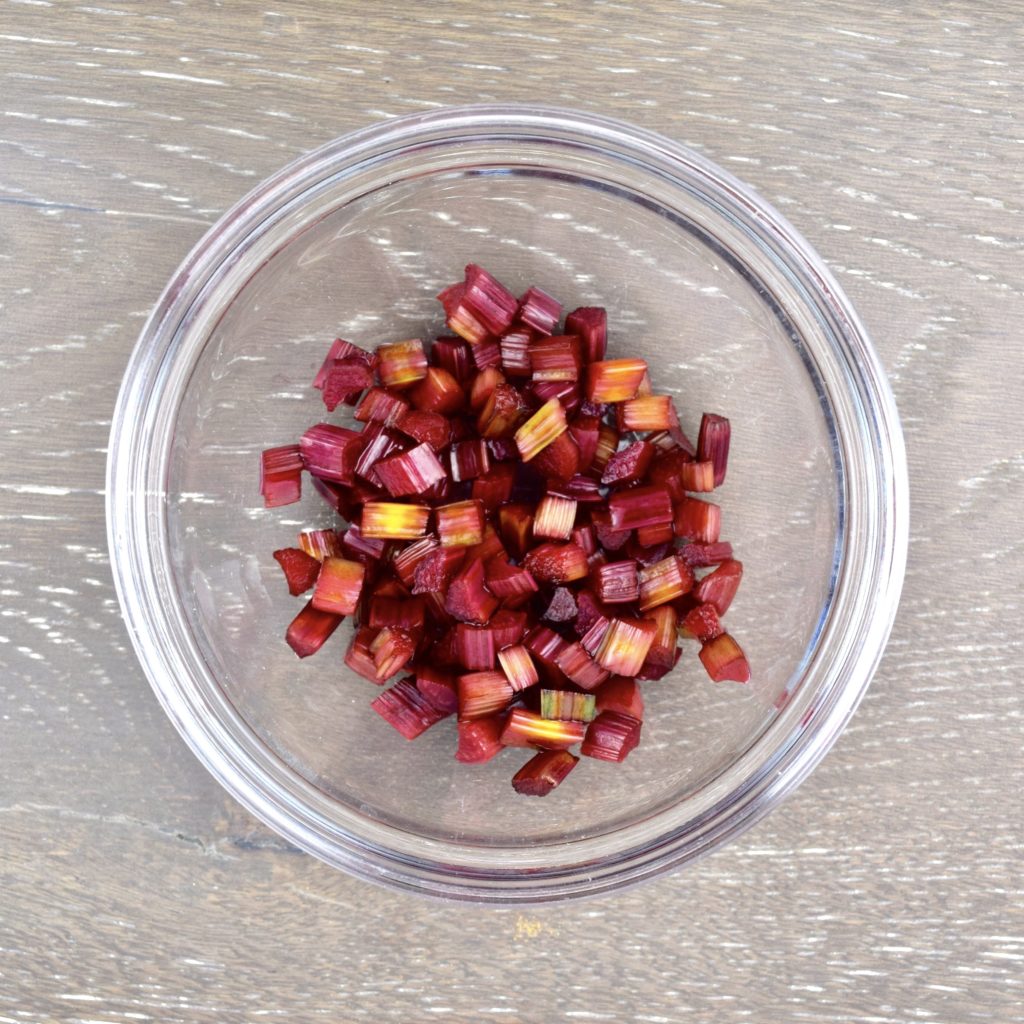
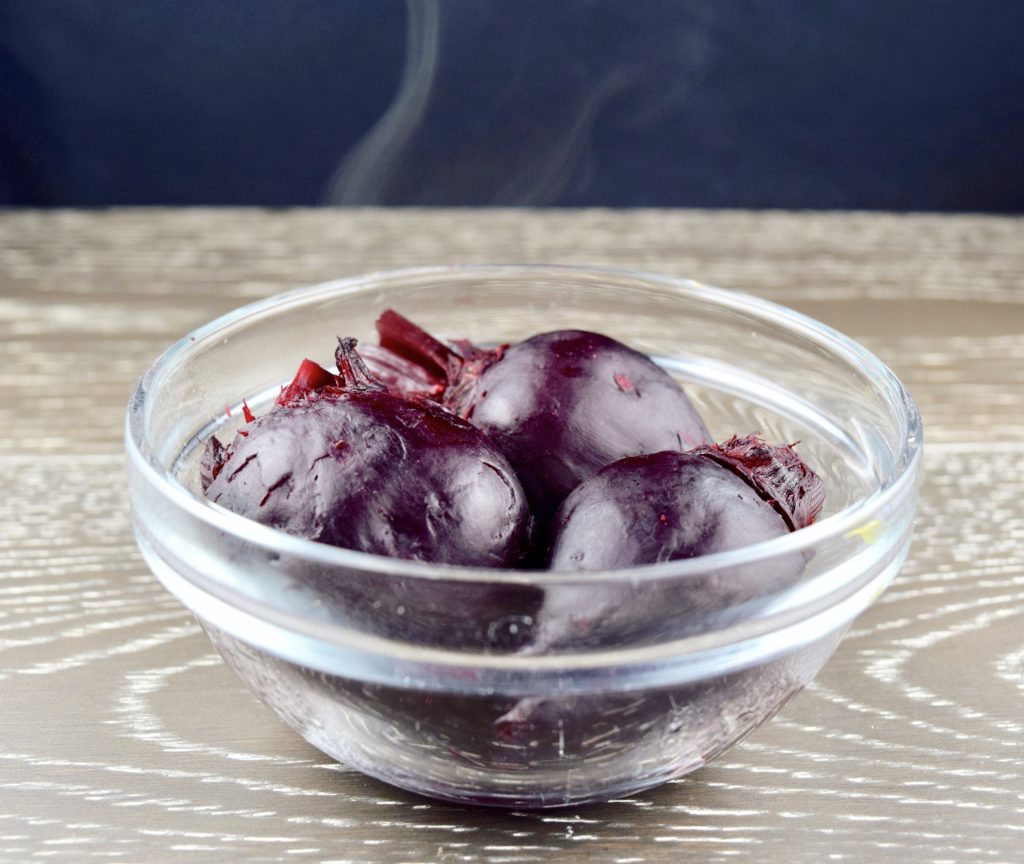
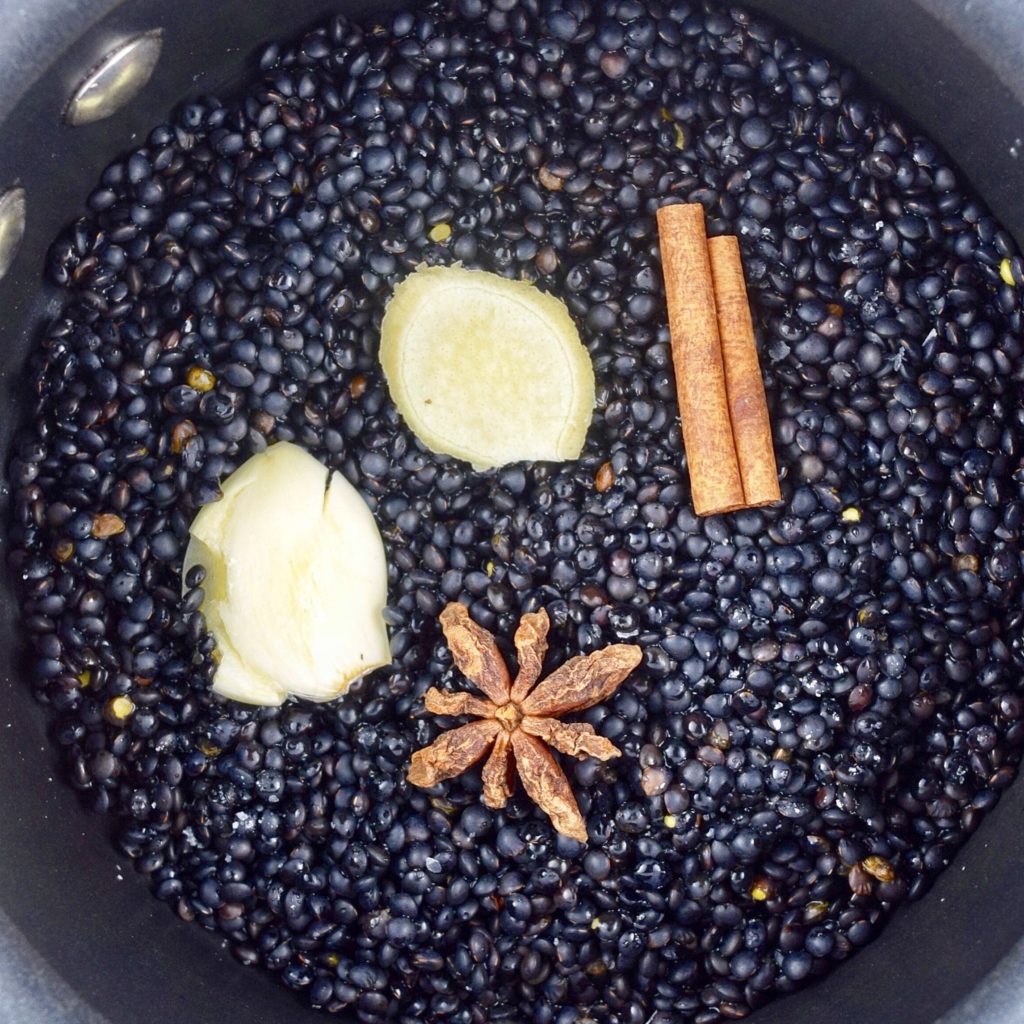


Leave a Reply